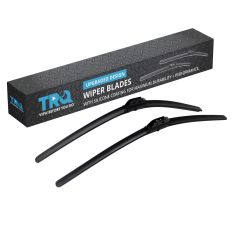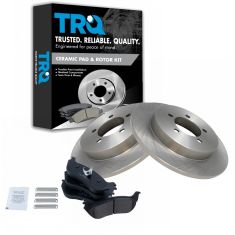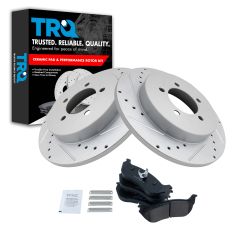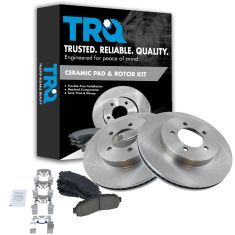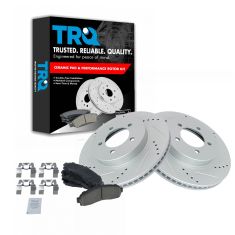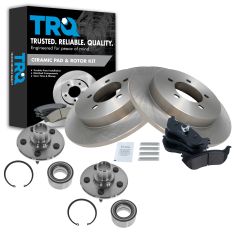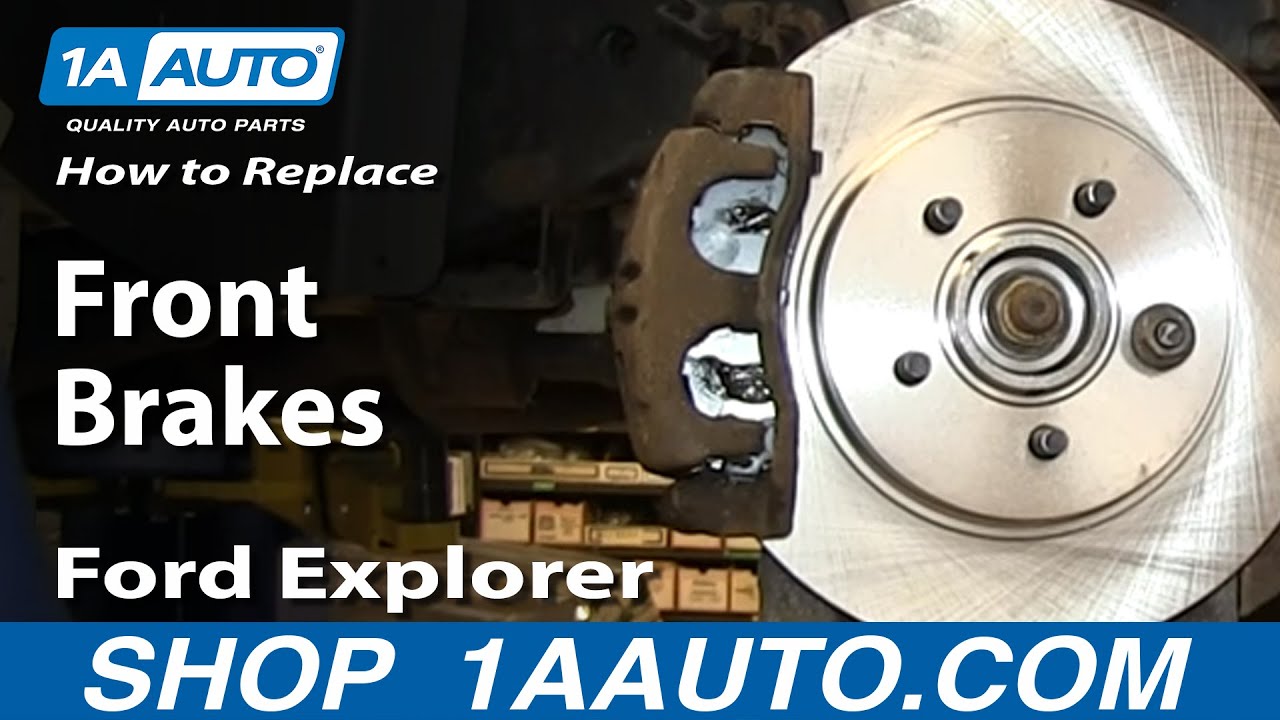1ABFS02120-2002-05 Ford Explorer Mercury Mountaineer Front & Rear Ceramic Brake Pads TRQ BFA12967





Replaces
2002 Mercury Mountaineer Front & Rear Ceramic Brake Pads TRQ BFA12967



Recommended for your 2002 Mercury Mountaineer
Product Reviews
Loading reviews
Customer Q&A
No questions have been asked about this item.
Mercury is a registered trademark of Ford Motor Company. 1A Auto is not affiliated with or sponsored by Mercury or Ford Motor Company.
See all trademarks.





